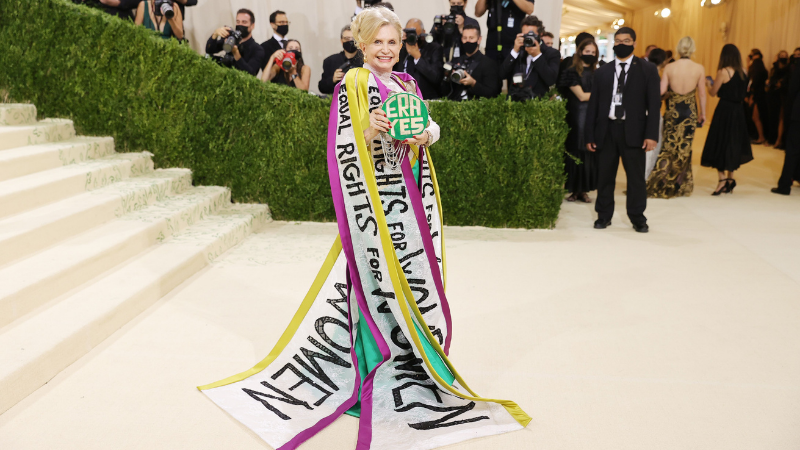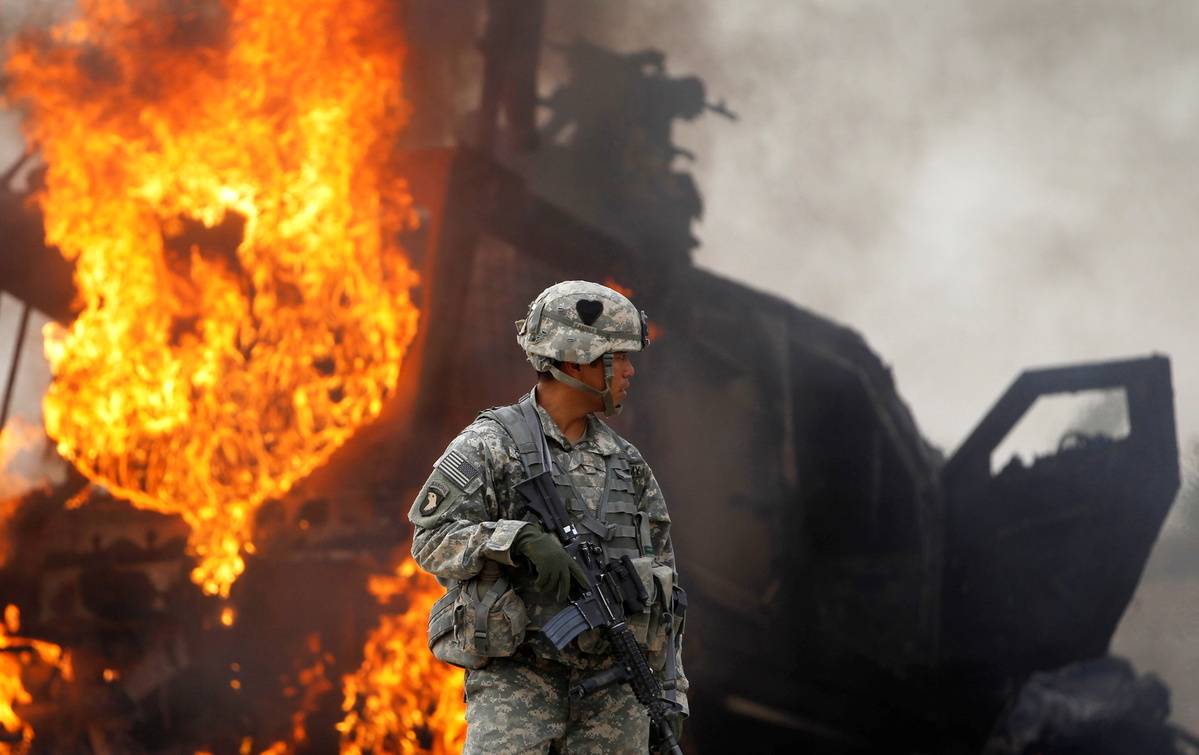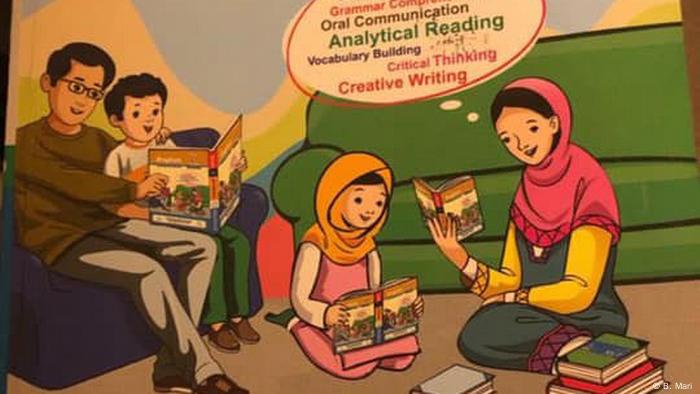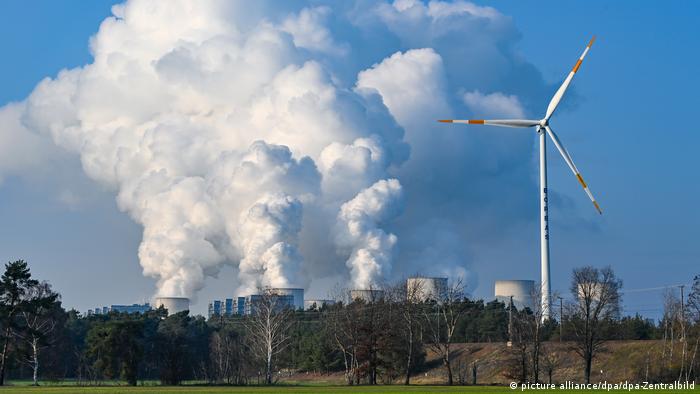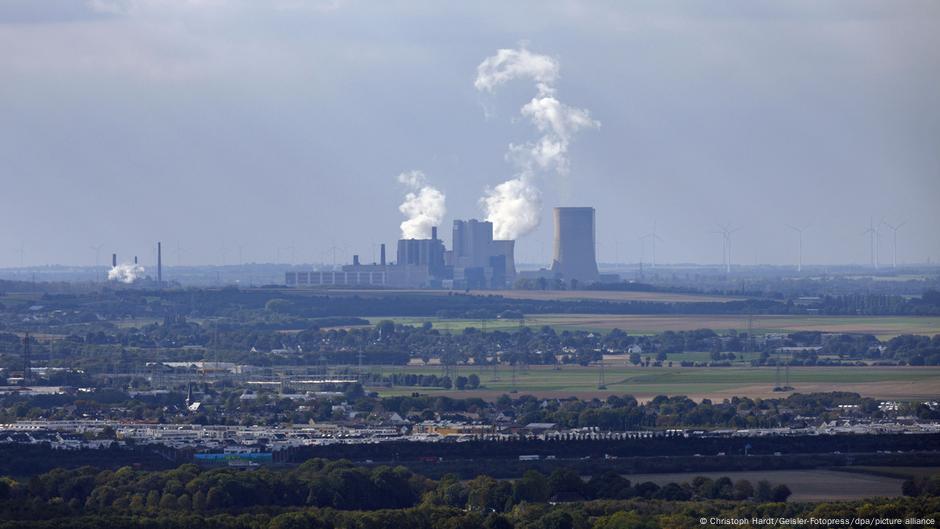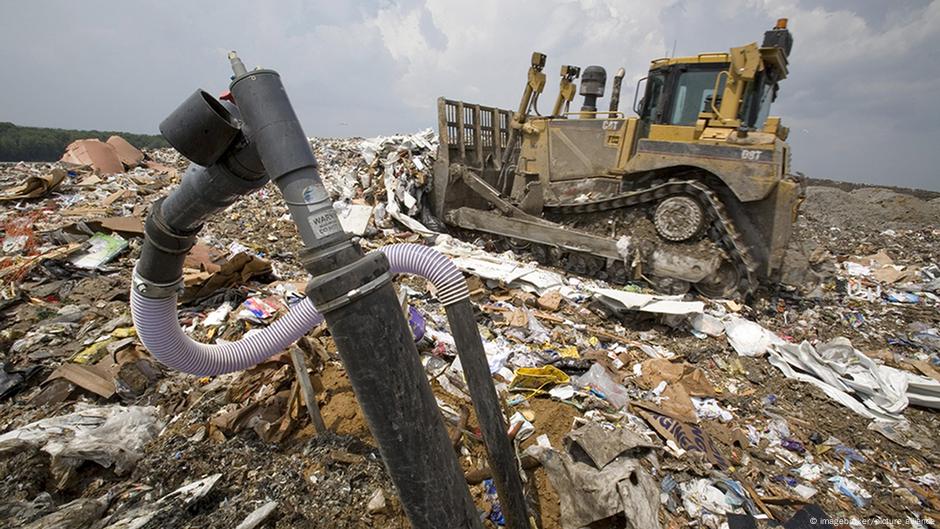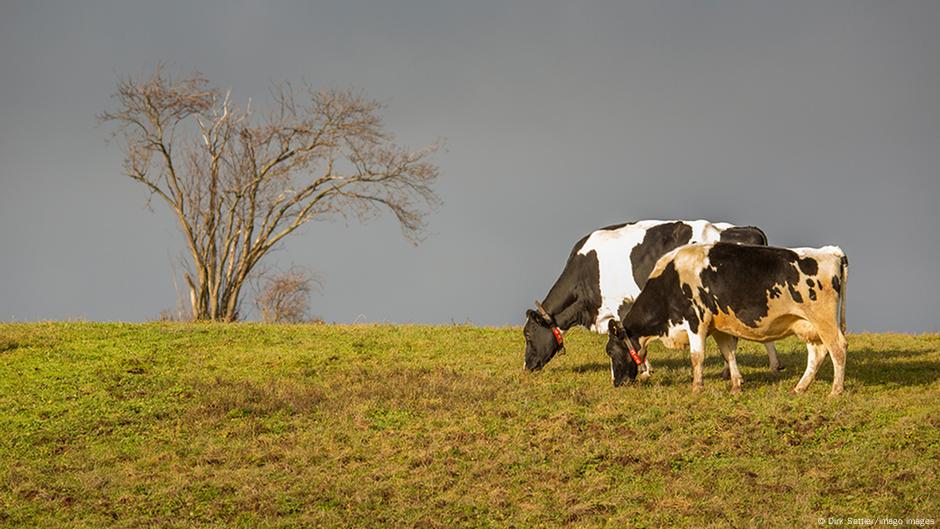The first to be laid off
AS per the Pakista n government, the GDP growth rate for FY2021 stood at about four per cent. Many find this hard to believe and have done their own calculations to show that the actual figure is much lower. Although the GDP is an important metric and calculating it correctly is indeed an important exercise, it is not an end in itself. Rather, we must consider what the GDP helps the economy achieve.
The GDP, which is the average income in the economy, is an instrument for accomplishing a higher quality of life. One of the ways it allows citizens to do so, is through employment generation. This in turn enables people to afford both their needs and wants. However, the dividends of growth are not always equally distributed. Development literature highlights that the rich tend to gain disproportionately during periods of economic growth while the poor get left behind.
Similarly, gendered analyses show that growth may not always result in equitable access to employment but may well see one gender gain at the expense of the other. So, what does GDP growth mean for employment for women versus men in the Pakistani context? And, how do we square this with the Covid experience?
In a recently published study The Effects of Growth on Women’s Employment in Pakistan, we examine employment responses to growth for men and women from 1985 to 2018. Dividing our analysis across agriculture, industry and services, we find that not only does women’s employment respond more strongly to growth impulses but that, often, women find it much easier to enter some sectors, like agriculture, during periods of positive growth. Is that good news for women? Not necessarily. During boom periods, men often leave agriculture to seize better opportunities in the cities. The jobs women farmworkers are left behind with are precarious, poorly paid or not paid at all.
Who receives the employment benefits of growth?
Women’s stronger responses to growth may also imply job losses. We find evidence that periods of lower growth see negative responses for women, but not for men. This means that women are the first to be laid off when conditions get tough. This suggests a ‘survival’ nature of women’s jobs: supplementing household income rather than ‘careers’ in their own right.
During the Covid-19 pandemic, the informal sector and SMEs have been hit especially hard, with women-owned businesses being among the hardest hit. Women’s non-agricultural work tends to be concentrated in these sectors because of the lower capital requirements, the more flexible work arrangements, and crucially, the ability to work from within the home allowing women to balance their productive and reproductive responsibilities.
A recent study conducted across Pakistan found that women-headed businesses were eight times more likely to completely shut down when compared to those headed by men. Moreover, lockdowns and prolonged school closures have increased women’s burden vis-à-vis household tasks resulting in less time available for paid employment, education or training. Thus, we will likely see not just detrimental effects on women’s employment in the short and medium term, but possibly long-run effects on their ability to effectively participate in the labour market.
One of the key indicators that has been lauded as exhibiting improved performance is the export sector. In our work, we find that women’s industrial employment reacts positively to growth induced by trade liberalisation. What does this preference for women workers in export-oriented employment imply? A closer look reveals that increased employment for women in export industries has largely been driven by their lower average wages of around 70pc of men’s. This way, a gender wage gap that has widened over time has made cost reductions possible, enabling exporters of, for instance, textiles and garments to weather downward pressure on export prices.
So, what is the way forward? Our analysis provides two crucial takeaways. One is the role of literacy and the other is of Pakistan’s patriarchal gender order. Specifically, we find that as society puts mechanisms in place that bring women at par with men, whether that is in education or health, their ability to take advantage of growth-induced employment opportunities improves. While Pakistan has been increasingly focusing on reducing gender gaps in health and education access and outcomes, the pandemic has highlighted the fact that we need to think carefully about the care economy too. It is only once we start valuing reproductive labour and ensure gender equality in care responsibilities that we will see more equitable gender representation in productive work too.
Hadia Majid is associate professor economics and director, Saida Waheed Gender Initiative at Lums.
Karin Astrid Siegmann is associate professor in labour and gender economics at the International Institute of Social Studies at Erasmus University Rotterdam.
Published in Dawn, September 14th, 2021

